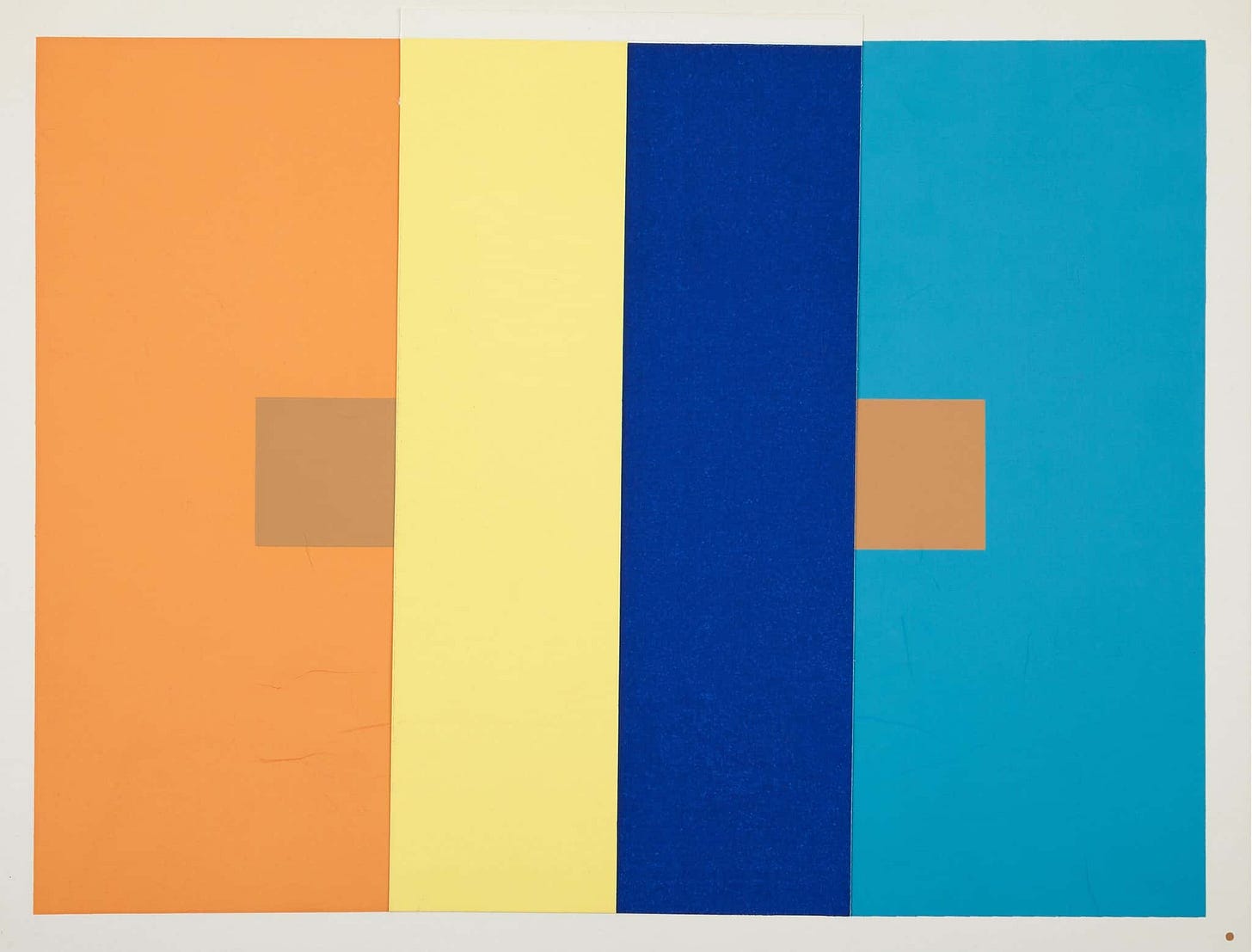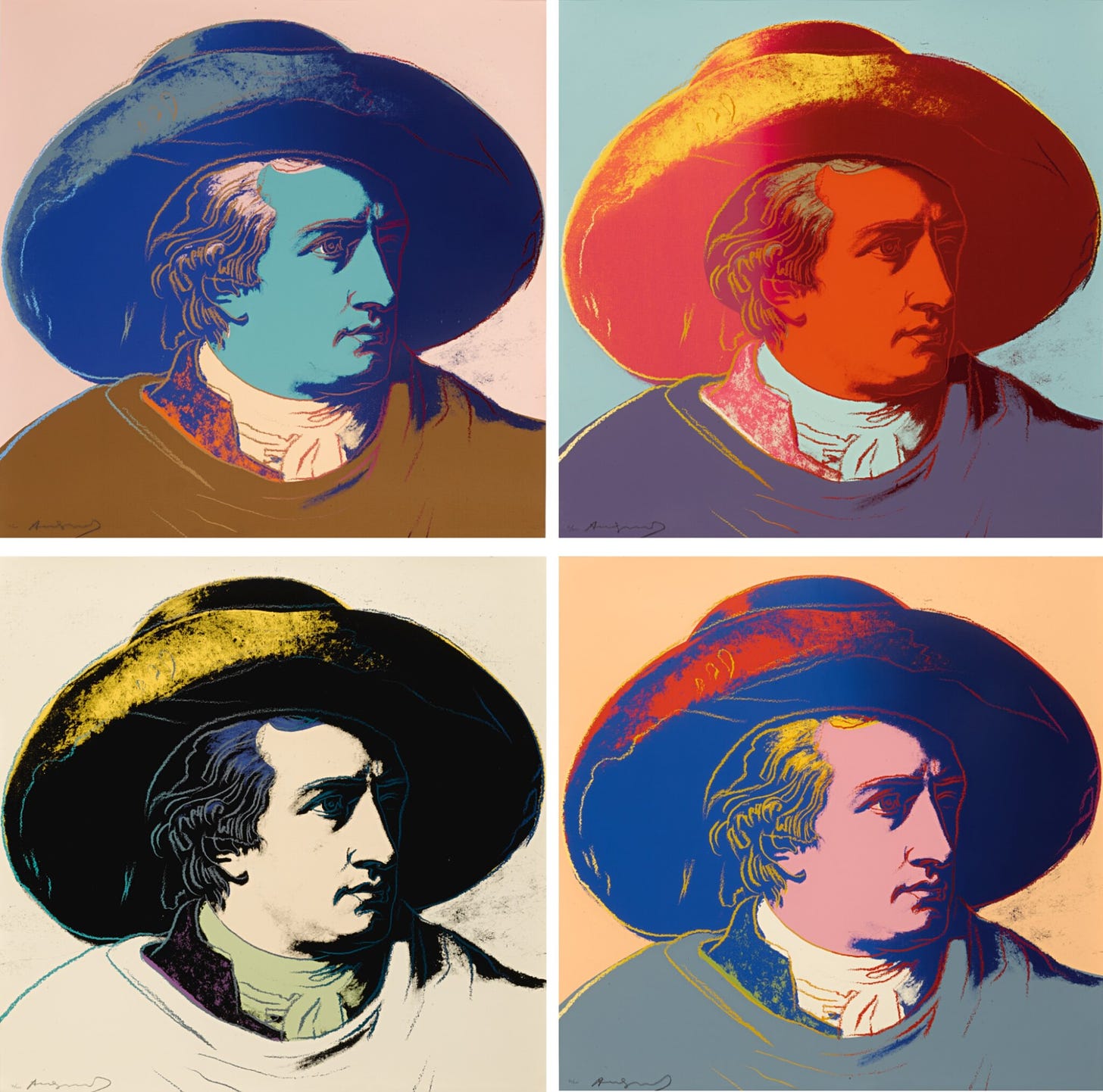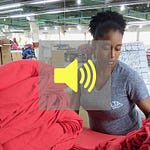Students of Goethe’s color theory will know a simple, yet amazing experiment where the same color is placed against two differently colored backgrounds, with the result that it appears dramatically different in the two settings. Here’s one version of the experiment, a silkscreen by the artist Josef Albers (the brown squares on either side are the same color).
We can see from this experiment how radically different things can appear when they’re in a different context. But do they just appear different or are they actually different? (There is, after all, no such thing as an isolated color, every color is always in relationship to others.)
We can explore this question for ourselves through our experience of our own identity. We often think of ourselves as one thing, but if we pay attention to how our identity changes according to our social context — how our temperament and ways of being change as we’re around different people — we find something similar to the above color experiment.
This observation — that each person draws out different aspects of who we are — continues to surprise me as I come into new relationships. What I thought was a onesidedness or entrenched pattern in myself, suddenly looks different when I’m around someone new; and so the work of self-knowledge constantly changes as the social context shifts.
This observation is also what’s explored in more depth in the article “Being mirrors for each other” (originally published December 18th, 2021). The above recording is a narrated version of that article. You can find the written version here.

















Additional thoughts (and audio) on "Being mirrors for each other"